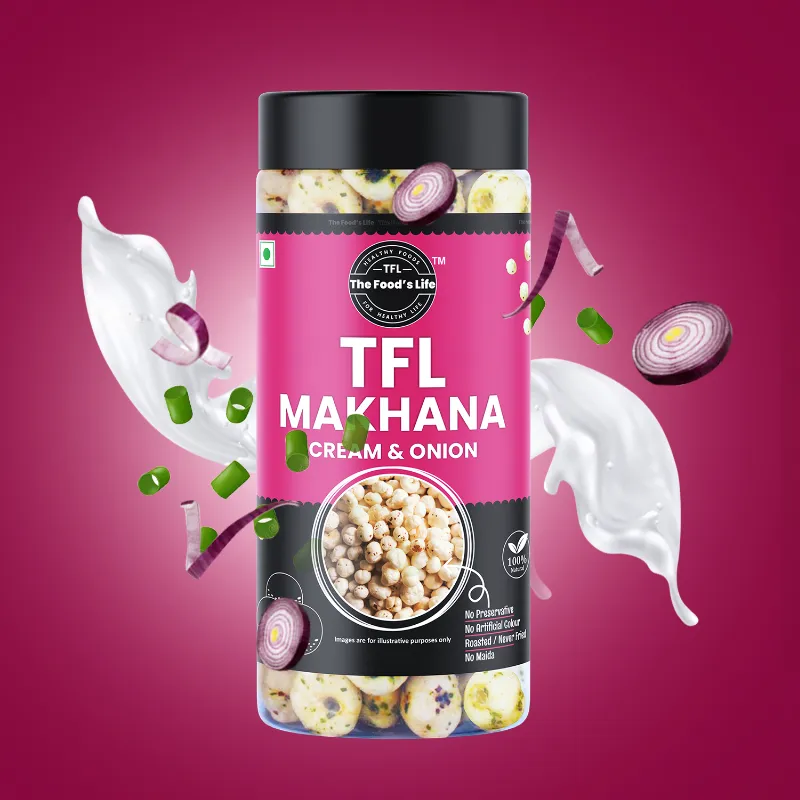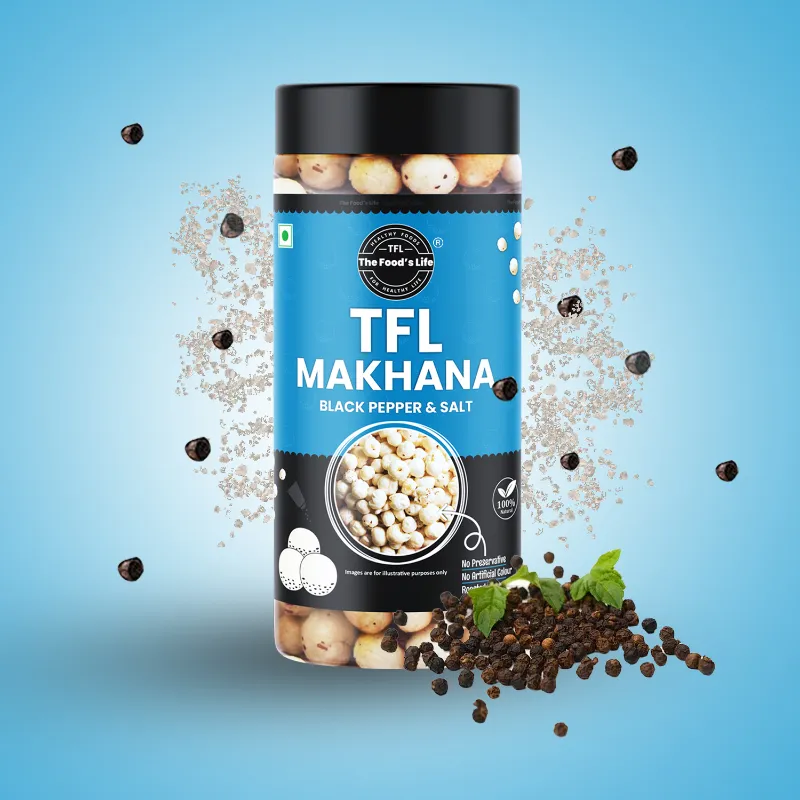Sugar and jaggery are two common sweeteners used in cooking and baking around the world. While both add sweetness to dishes, they differ significantly in terms of their production, composition, and nutritional value. Let’s delve into the key differences between both things to understand their distinct characteristics and potential health implications.
Sugar, typically derived from sugarcane or sugar beet plants, undergoes an extensive refining process to extract the sucrose crystals. This process involves crushing the plants to extract the juice. Which is then purified, filtered, and crystallized to produce white granulated sugar. On the other hand, individuals boil sugarcane juice or palm sap until it thickens and solidifies, thereby producing jaggery, also known as “gur” or “panela.” They then mold it into blocks or cones without subjecting it to the refining process that sugar undergoes. This minimal processing helps retain more of the natural nutrients present in the raw materials.
The production processes significantly differentiate the composition of sugar and jaggery. Sucrose, a disaccharide comprising glucose and fructose molecules, primarily constitutes sugar. The refining process removes many natural minerals and nutrients from sugarcane, resulting in a product predominantly composed of pure sucrose. In contrast, jaggery contains a more intricate mixture of sugars, including sucrose, glucose, and fructose, accompanied by small amounts of minerals like iron, calcium, and potassium. These minerals, retained from the original sugarcane or palm sap, contribute to the distinctive flavor and color of jaggery.
In terms of nutritional value, jaggery surpasses refined sugar, offering advantages. While both sugars supply calories and carbohydrates, the refining process depletes minerals in refined sugar. A deficiency addressed by the presence of small amounts of minerals like iron, calcium, magnesium, and potassium in jaggery. These minerals enhance the nutritional profile of jaggery, potentially providing additional health benefits. Nevertheless, it’s crucial to recognize that both sugar and jaggery are calorie-dense.and should be consumed moderately within a balanced diet.
The impact on blood sugar levels distinguishes sugar and jaggery, with refined sugar, containing high sucrose, having a high glycemic index that can cause a rapid spike in blood sugar levels after consumption. This can pose issues for individuals with diabetes or those seeking to manage their blood sugar levels. In contrast, jaggery, with its lower glycemic index compared to refined sugar, causes a slower and more gradual increase in blood sugar levels. This slower release of glucose may aid in preventing rapid fluctuations in blood sugar and offering more sustained energy levels.
The unique compositions of sugar and jaggery impart different flavors and characteristics to dishes. Refined sugar, with its neutral sweet taste, finds common use in a wide range of recipes, including desserts, beverages, and baked goods. In contrast, jaggery offers a distinct caramel-like flavor with hints of molasses, presenting a richer and more complex taste compared to sugar. Traditional Indian, Southeast Asian, and Latin American cuisines often employ jaggery actively to sweeten various dishes such as sweets, snacks, curries, and beverages.
In summary, while individuals use sugar and jaggery both as sweeteners. Significant differences exist between them regarding production processes, composition, nutritional value, and culinary uses. This product , with its higher mineral content, lower glycemic index, and richer flavor profile, offers potential advantages over refined sugar. However, individuals should consume both in moderation as part of a balanced diet, and when choosing between sugar and jaggery in cooking and baking, they should consider their personal health goals and dietary preferences.






